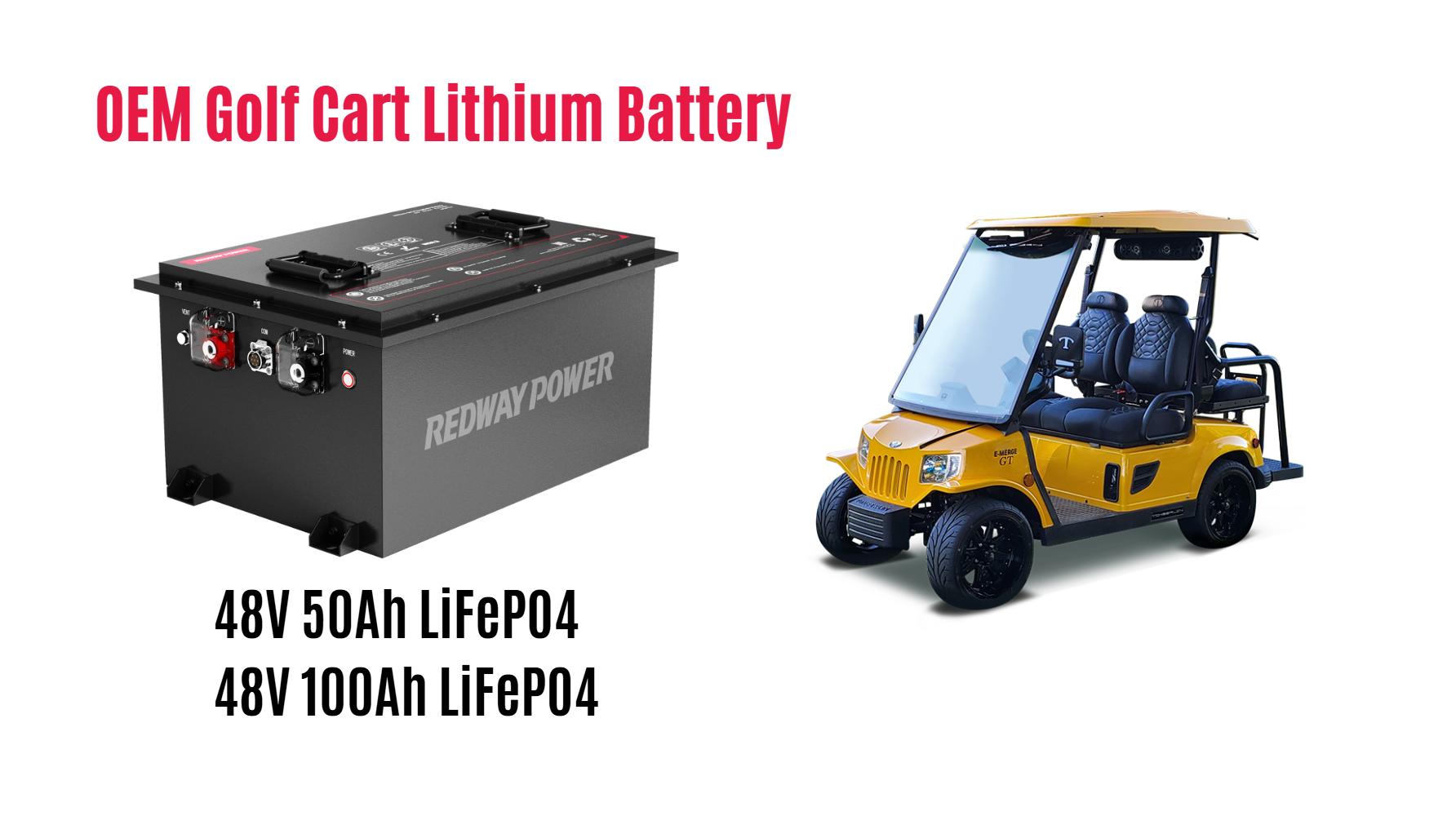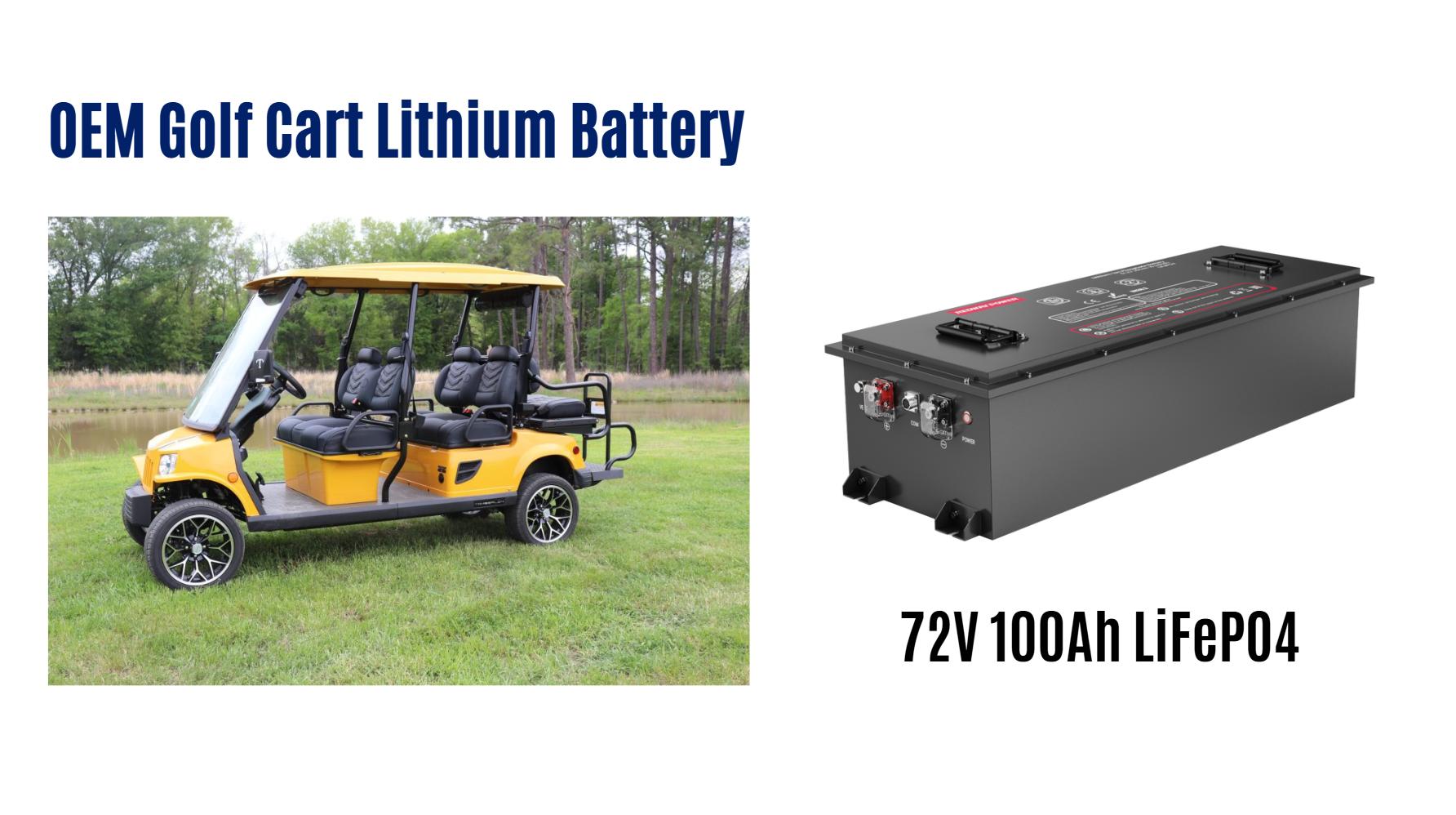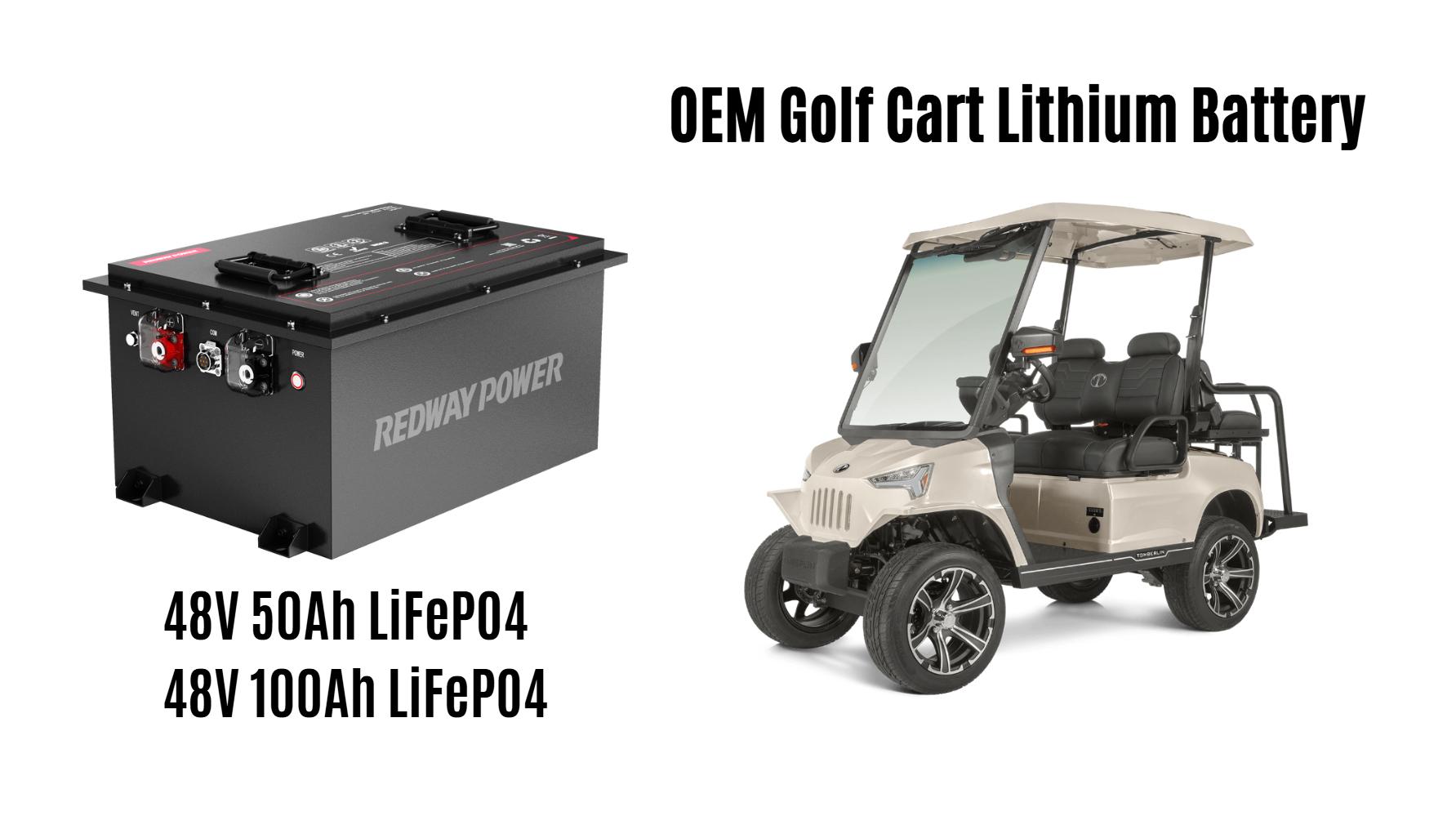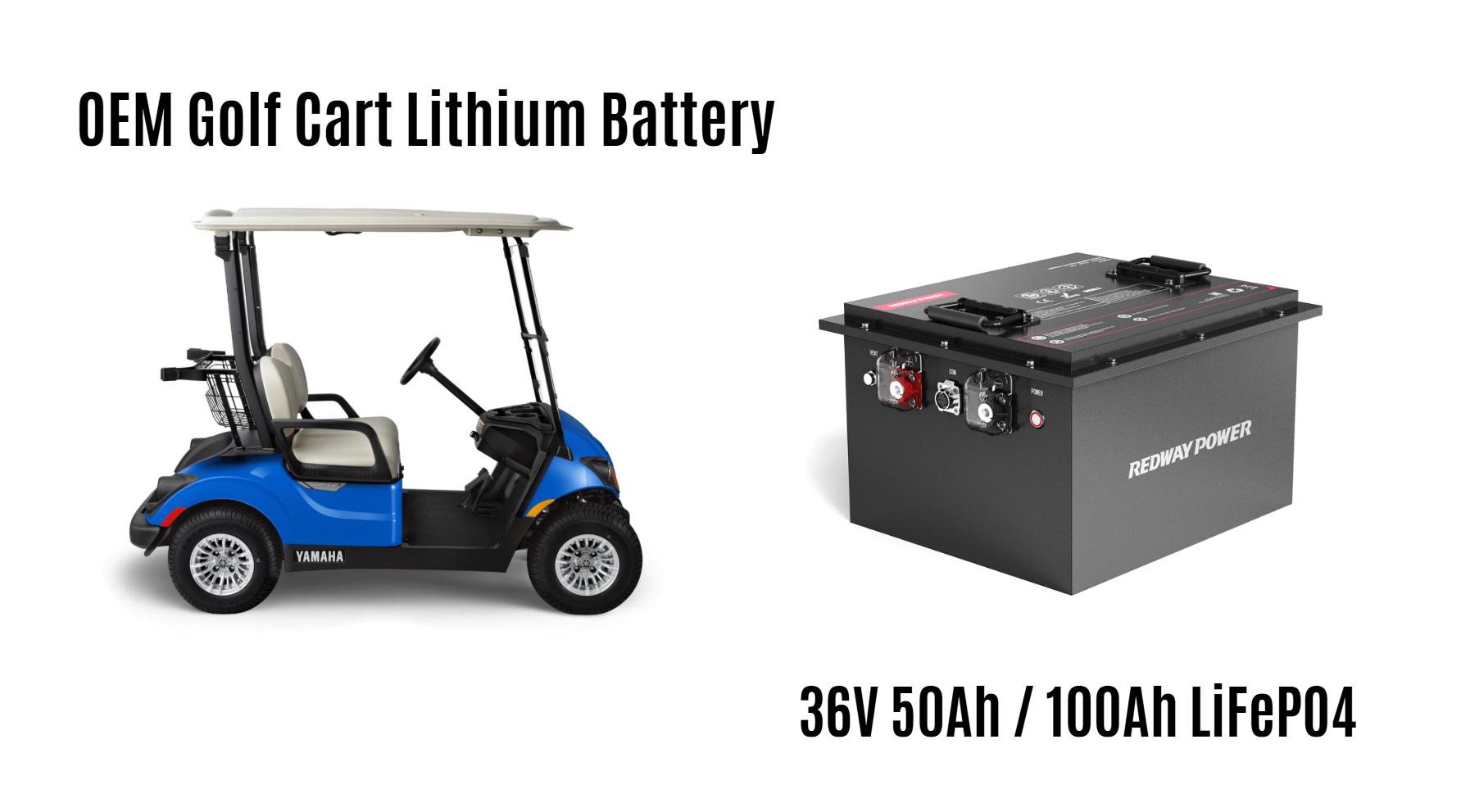Where to Find Tomberlin Golf Cart Dealers Near You?
Tomberlin golf cart dealers can be located through the manufacturer’s official website dealer locator, specialized powersports retailers, and authorized dealership networks across North America. These dealers offer new/used sales, rentals, maintenance services, and OEM parts. Key purchasing considerations include warranty coverage, customization options, and local terrain compatibility verification.
How Does Tomberlin’s Dealer Network Operate?
Tomberlin maintains a curated network of authorized dealers meeting strict service and inventory standards. Dealers undergo factory training to provide technical support and warranty validation. The network utilizes regional distribution hubs to ensure parts availability within 48 hours for most locations, with dealerships required to stock minimum quantities of popular models like the E-Merge and Sport-Series.
What Services Do Authorized Tomberlin Dealers Provide?
Certified dealers offer seven core services: 1) Pre-purchase vehicle demonstrations 2) Battery health diagnostics 3) Terrain-specific gear ratio adjustments 4) LED lighting upgrades 5) Lithium-ion battery retrofits 6) Warranty-backed repai rs 7) Trade-in evaluations. Many provide mobile service units for on-site repairs and host seasonal maintenance clinics for owners.
Which Models Are Typically Available at Tomberlin Dealerships?
Dealers stock three primary categories: 1) Street-legal E-Merge models (2/4/6-seat configurations) 2) Off-road Sport-Series with 72V systems 3) Commercial utility vehicles featuring 1,500lb payload capacities. Limited edition packages like the Huntmaster (camouflage wrap + gun racks) and Resort Cruiser (premium stereo + cooler mounts) show 23% higher availability at coastal dealers.
When Should You Visit a Tomberlin Dealer vs. Third-Party Mechanics?
Factory dealers are mandatory for: battery warranty claims (requires OEM diagnostic tools), ECU reprogramming, and structural frame repairs. Third-party shops can handle tire changes, brake pad replacements, and basic electrical work. Post-warranty lithium battery replacements at authorized dealers cost 18% more but include firmware updates that improve range by 12%.
Why Choose Certified Pre-Owned Tomberlin Carts from Dealers?
Dealer-certified used models undergo 142-point inspections with replaced wear components (brakes, suspension bushings, throttle sensors). They include transferable 6-month powertrain warranties and free software upgrades for 2 years. CPO purchases show 37% lower 3-year maintenance costs compared to private party sales in industry studies.
How to Verify Authenticity of Tomberlin Golf Cart Dealers?
Cross-check dealers through three methods: 1) Validate presence on Tomberlin’s corporate website 2) Confirm possession of current DSLA (Dealer Service Level Agreement) certificates 3) Verify technician certifications via VIN decoder tools. Beware of unauthorized sellers offering “new old stock” – these void factory warranties unless sold through licensed channels.
Expert Views
“The hidden value in Tomberlin’s dealer network lies in their proprietary diagnostic software. Our data shows dealers resolve battery management issues 64% faster than independent shops through real-time cell voltage monitoring. For high-use customers, I recommend subscribing to dealers’ preventative maintenance programs – they increase motor lifespan by 40% through predictive analytics.”
— Redway Power Systems Engineer
Conclusion
Tomberlin’s dealer ecosystem provides specialized support crucial for maximizing golf cart performance and longevity. From terrain-specific customization to firmware-managed battery systems, authorized dealers deliver technical capabilities unmatched in the secondary market. Smart buyers prioritize dealership relationships, particularly for advanced EVs where software updates significantly impact resale value.
FAQs
Do Tomberlin dealers price match online quotes?
Most authorized dealers participate in Tomberlin’s MAP (Minimum Advertised Pricing) program but may offer package deals including free accessories (worth 5-7% of cart value) instead of cash discounts.
Can dealers install third-party accessories without voiding warranty?
Dealer-installed aftermarket components (light bars, stereo systems) maintain warranty coverage if using OEM-approved wiring harnesses. Self-installed accessories risk voiding electrical system warranties – consult your dealer’s modification policy document.
How often should dealer maintenance be performed?
Tomberlin recommends dealer inspections every 120 operating hours or annually, whichever comes first. High-use vehicles (200+ hours/year) require quarterly battery pack balancing using dealer-exclusive equipment to maintain capacity guarantees.




